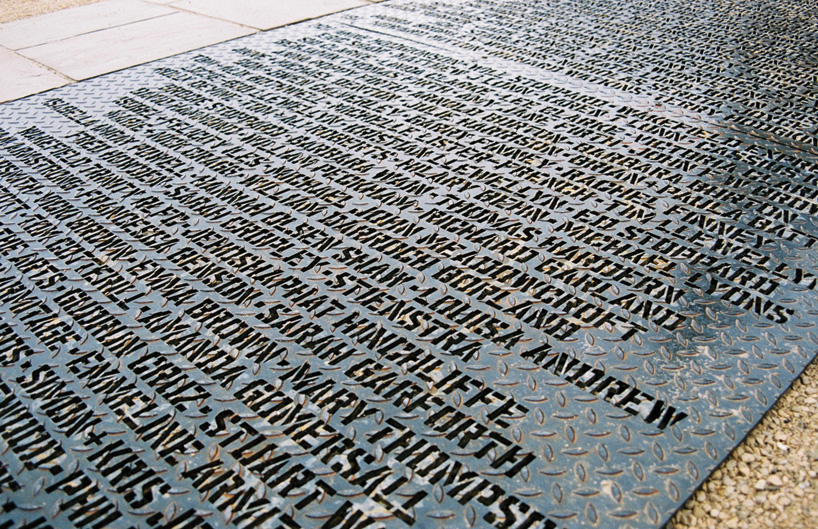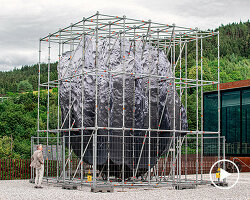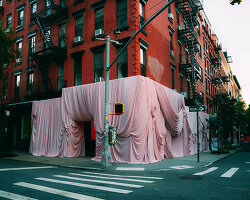KEEP UP WITH OUR DAILY AND WEEKLY NEWSLETTERS
PRODUCT LIBRARY
in less than a year, what started as a personal artistic project quickly grew into show-stopping collaborations for physical iterations in cities like jeddah and miami.
the honesty bar installation presents knötti, an alcohol-free drink made from local waters, german hops, and invasive japanese knotweed.
connections: +390
the staircase is inclined at a 5-degree angle — enough to be noticeable but not immediately obvious, creating a sense of doubt.
andrés reisinger brings his billowing pink 'take over' installation to hourglass cosmetics' new york city popup.
connections: +1240
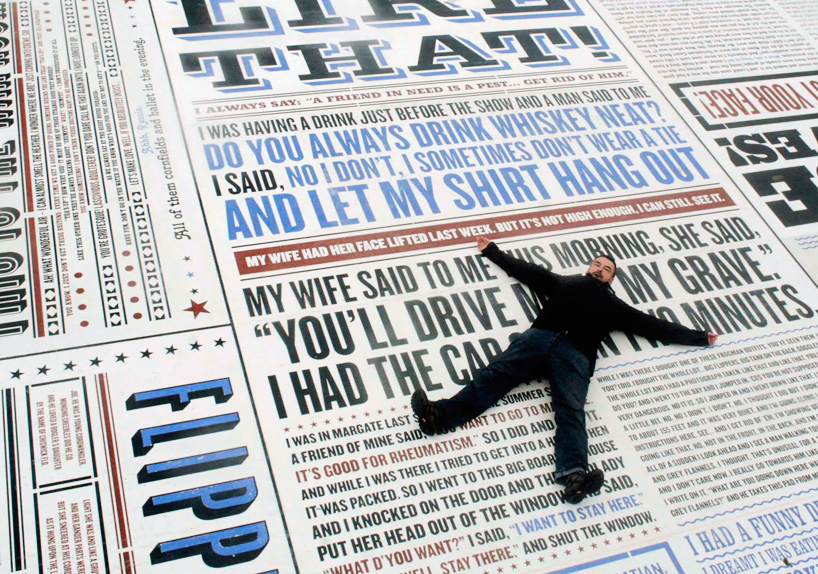
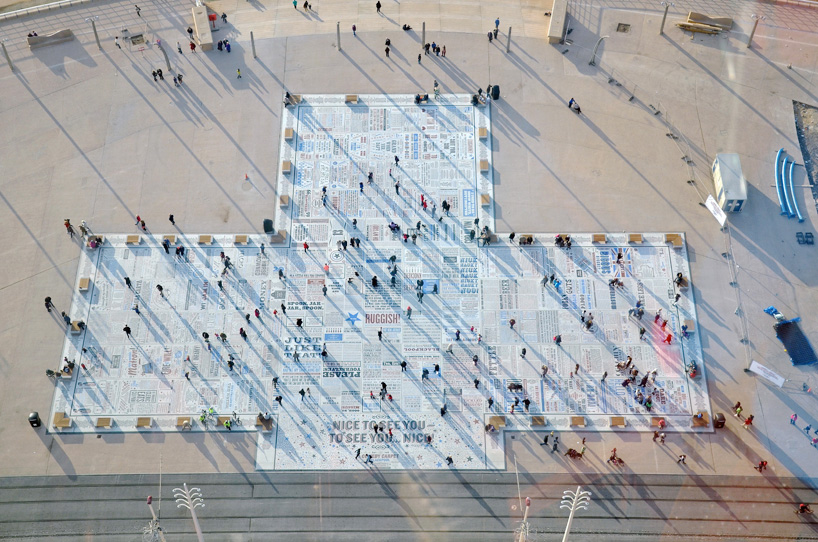 comedy carpet, blackpool –
comedy carpet, blackpool – 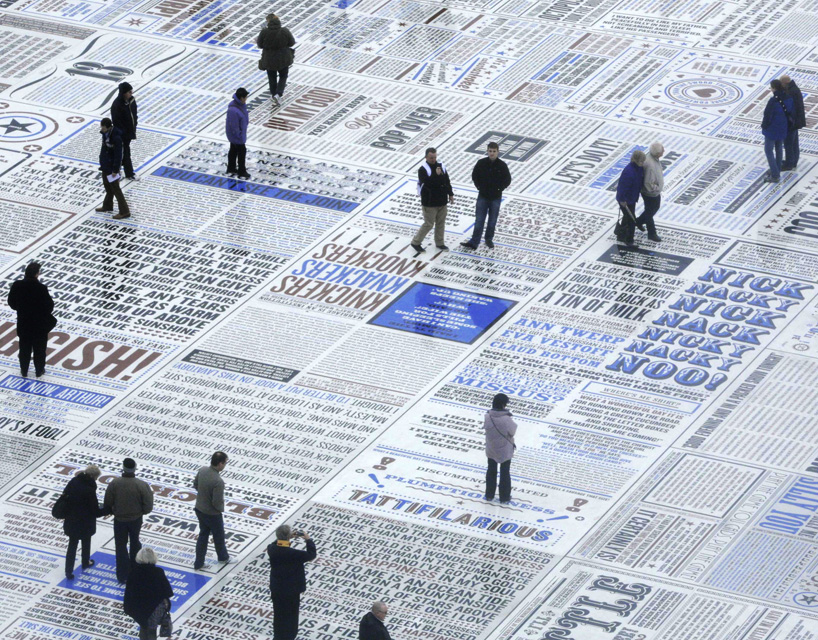
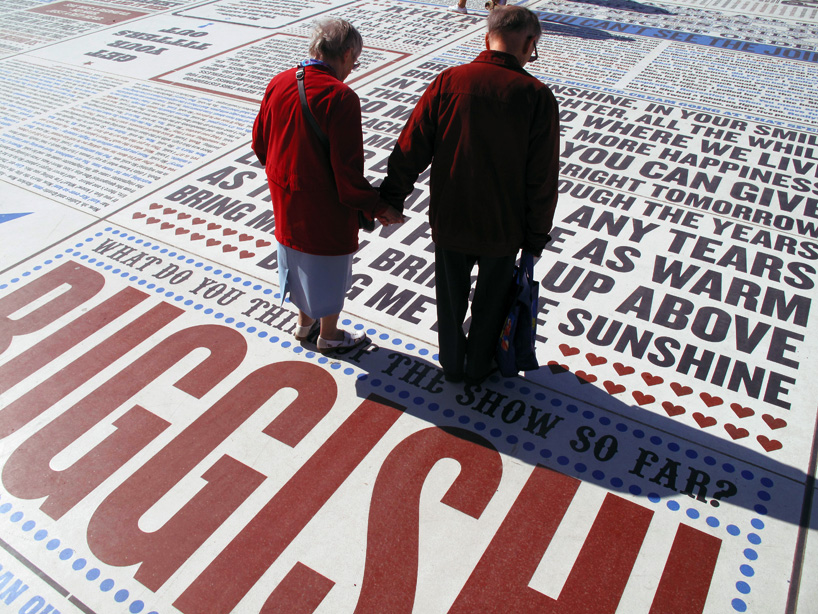
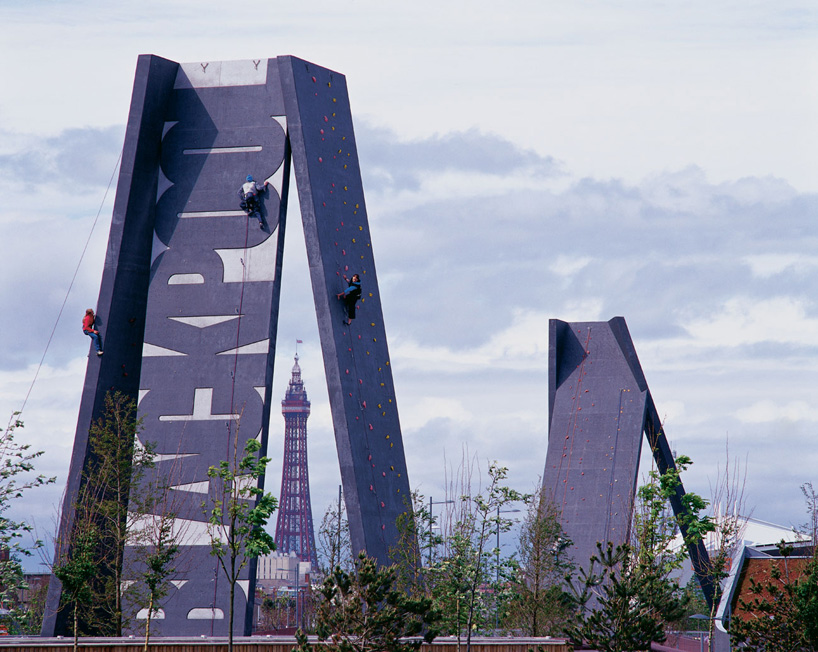 climbing towers, blackpool, UK –
climbing towers, blackpool, UK – 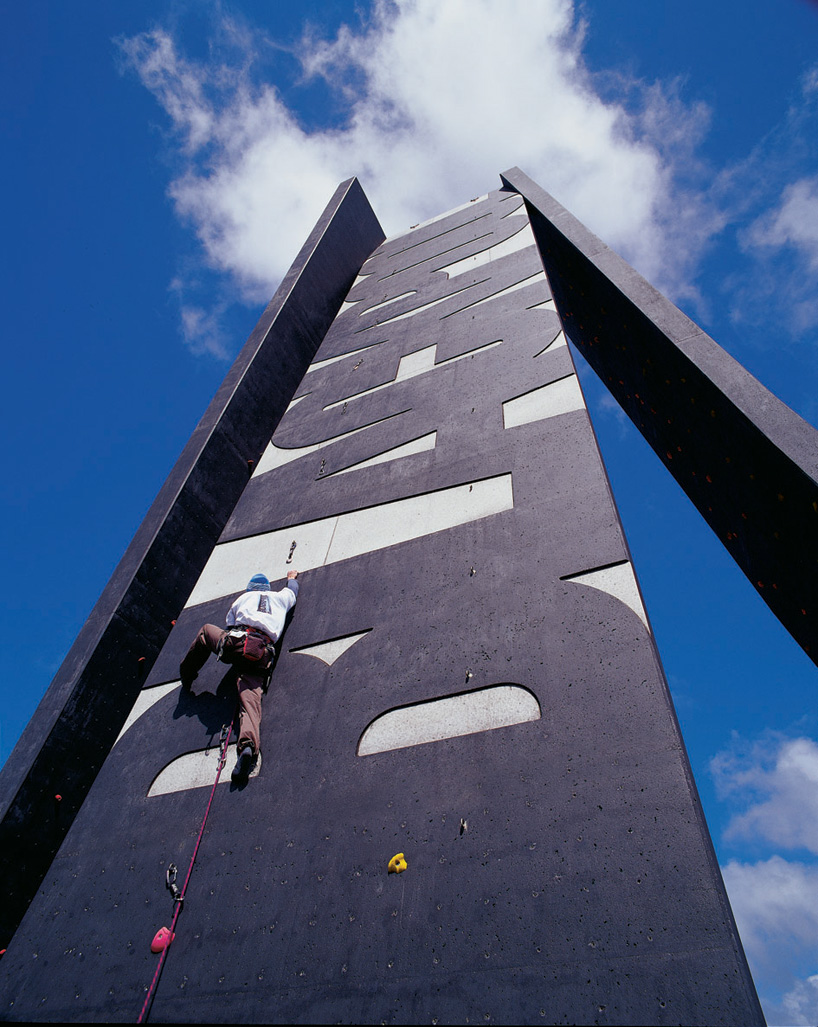
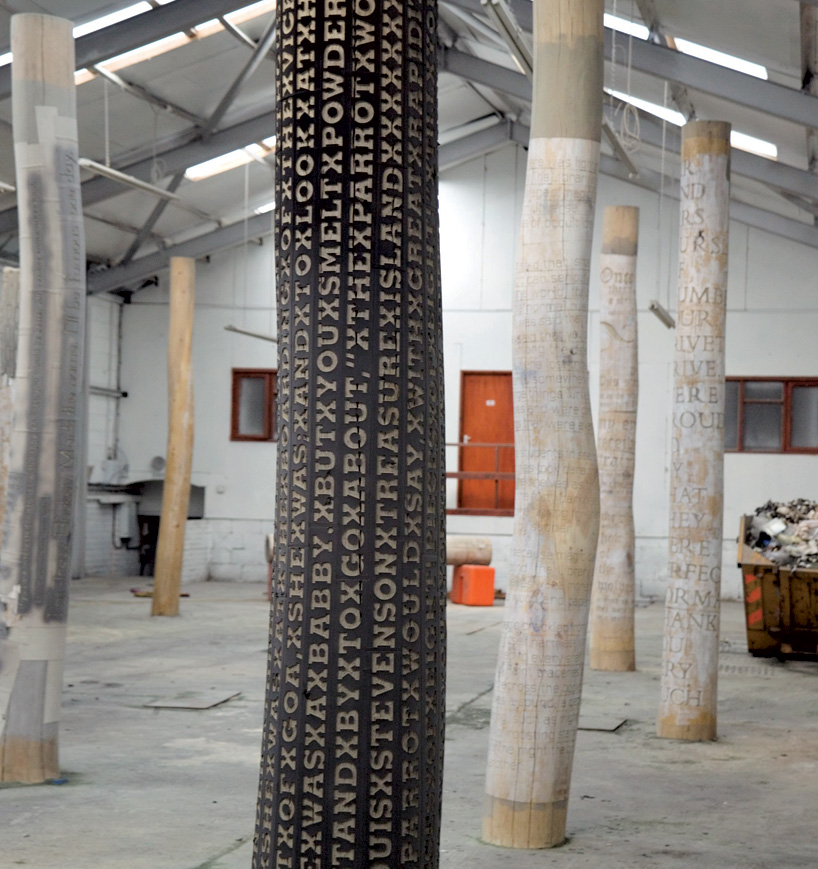 typographic trees, crawley library, UK –
typographic trees, crawley library, UK – 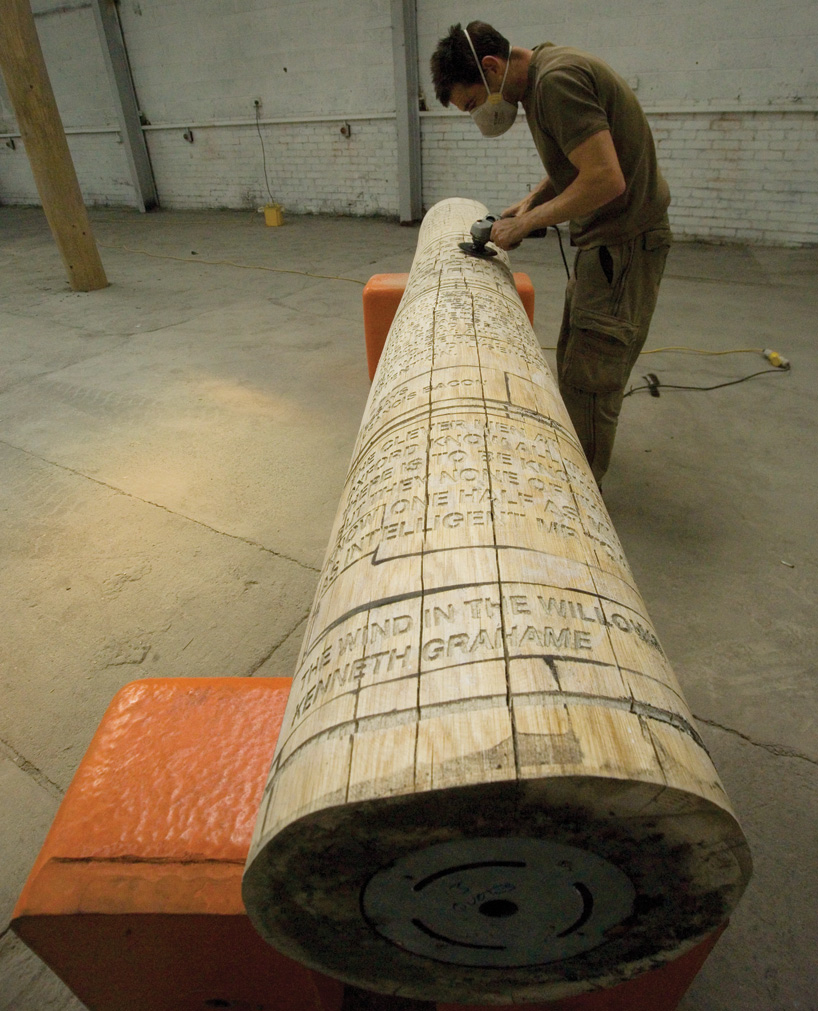
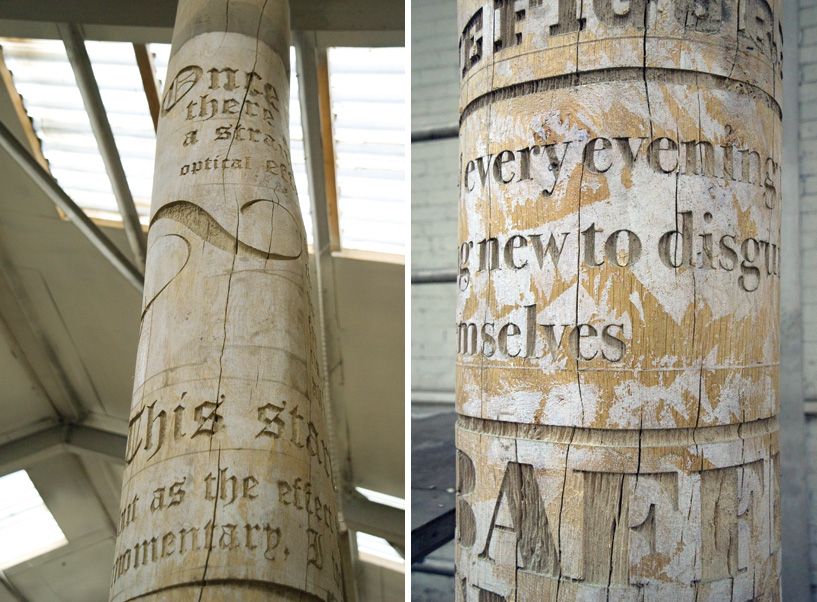
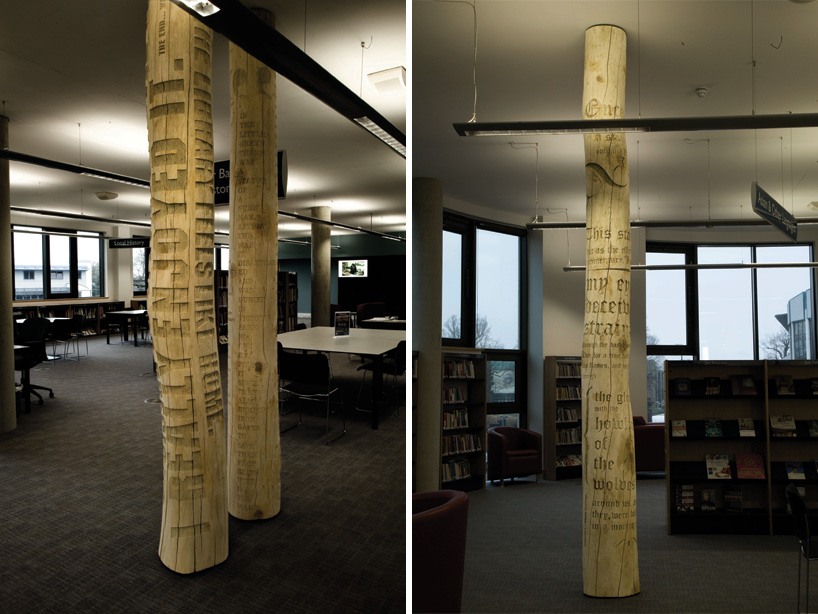
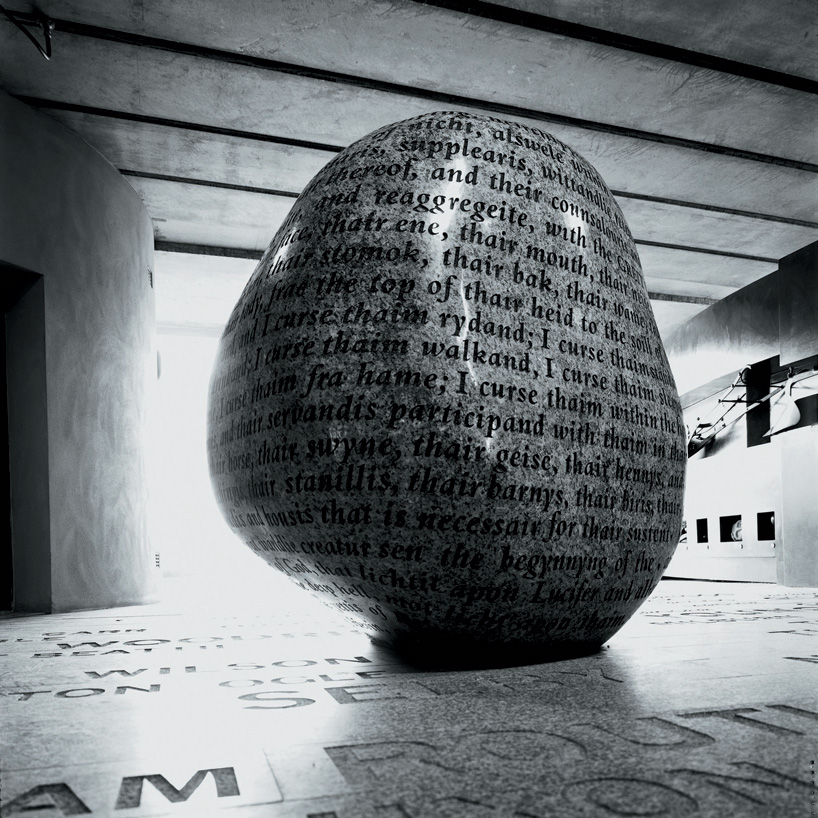 cursing stone and reiver pavement –
cursing stone and reiver pavement – 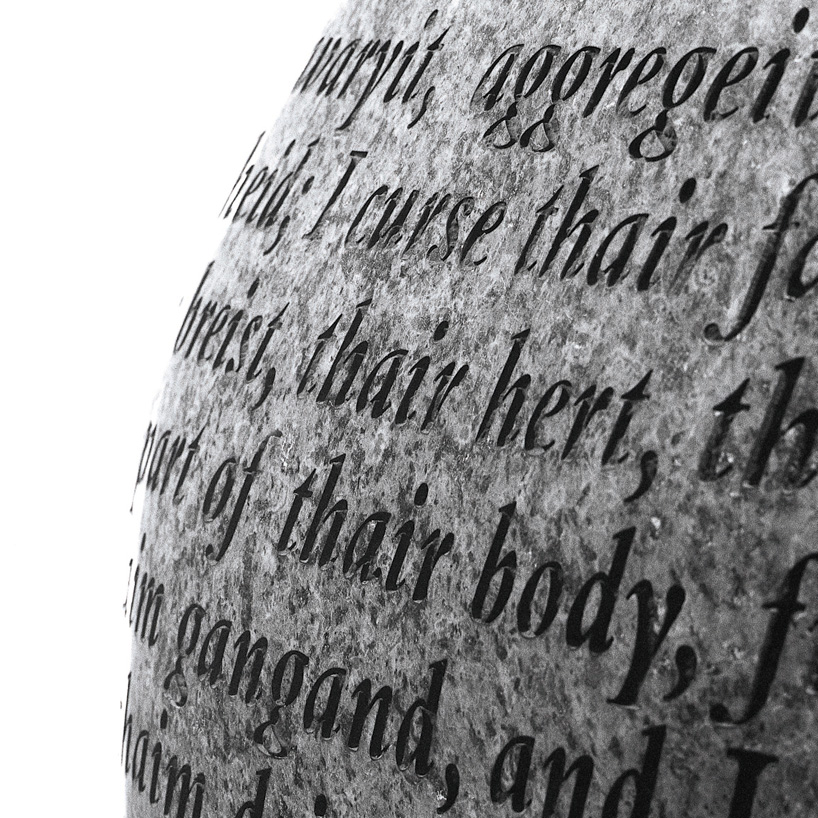
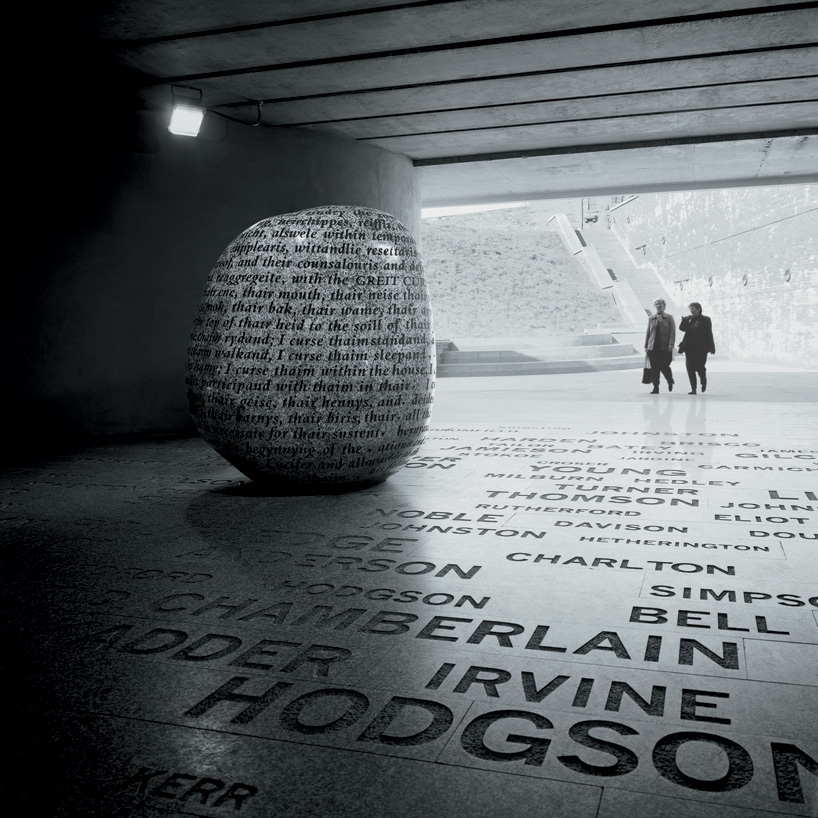
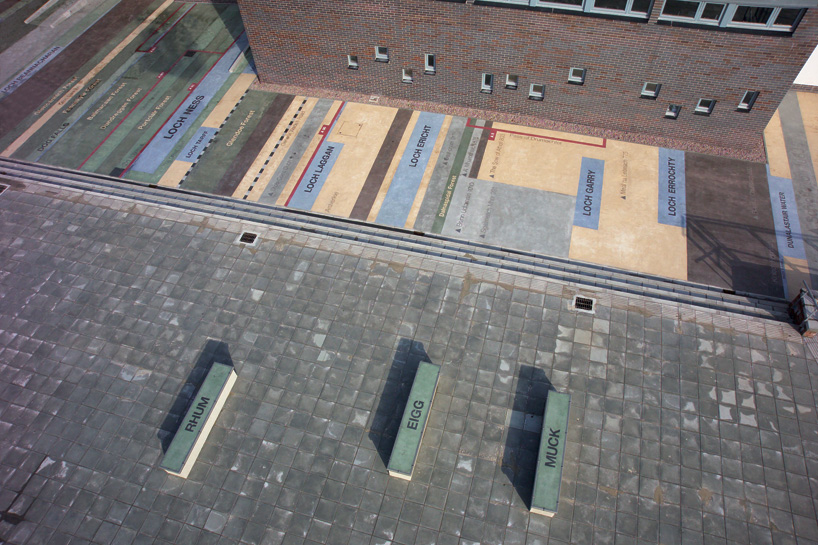 road to the isles –
road to the isles – 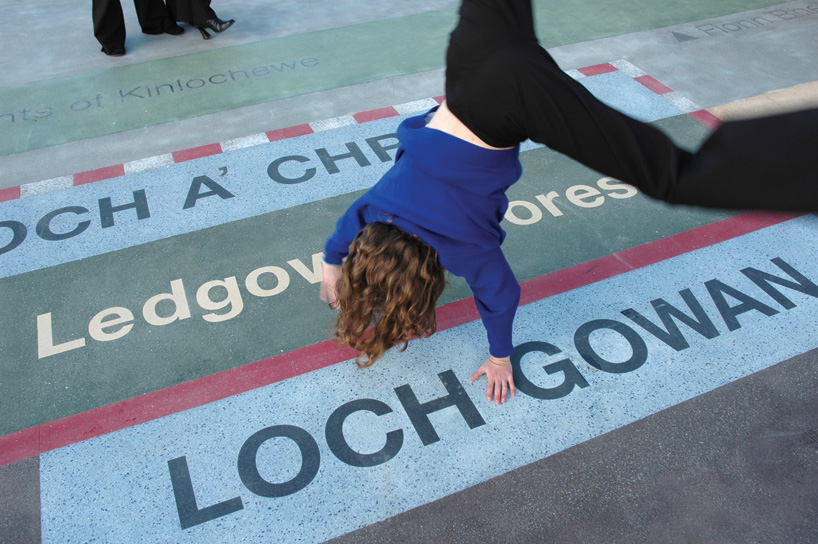
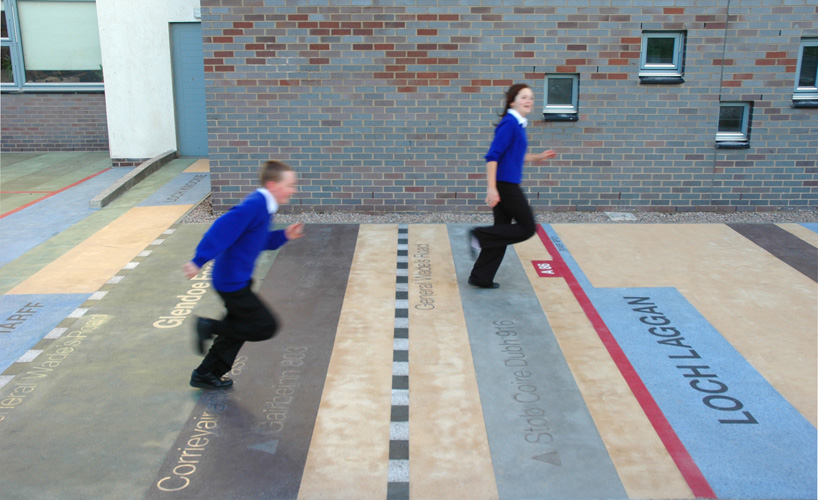
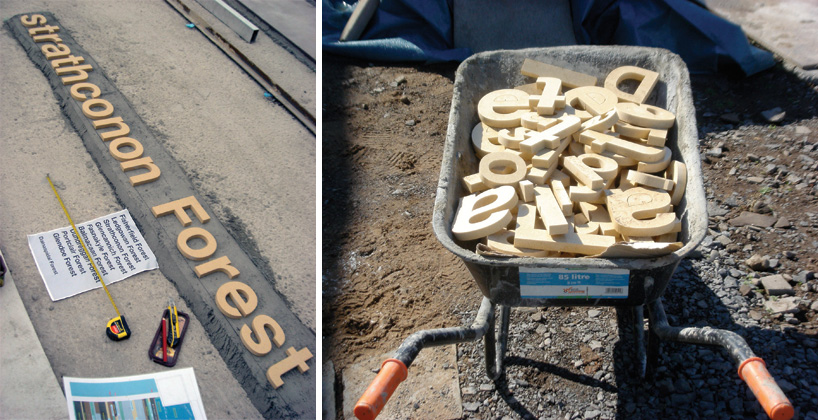
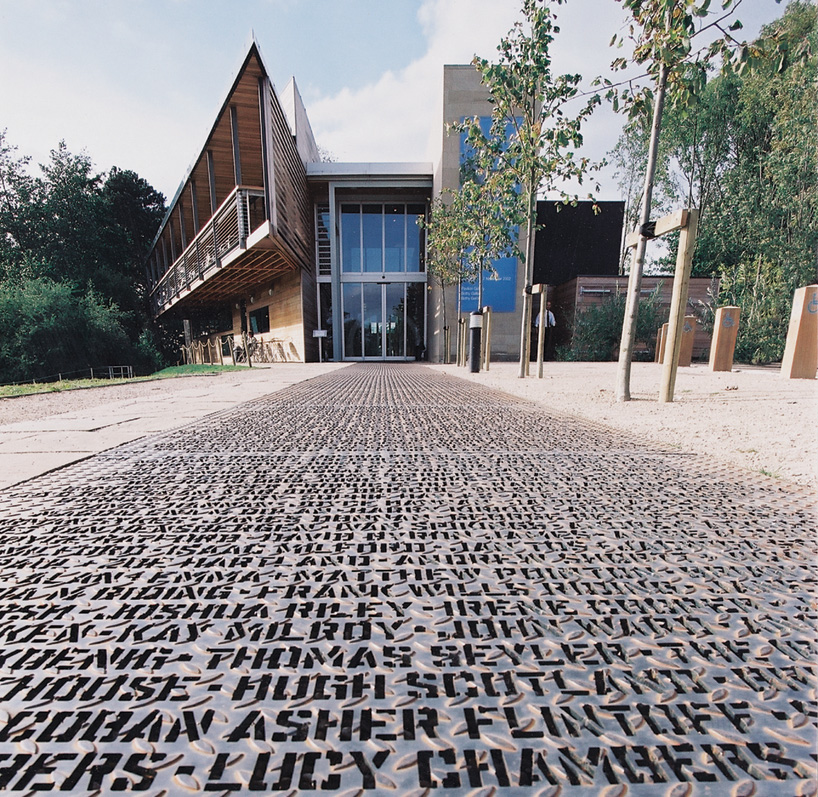 walk of art – yorkshire sculpture park –
walk of art – yorkshire sculpture park – 